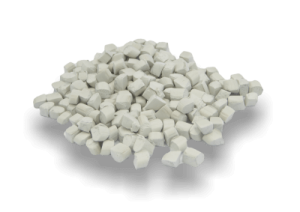Processing CIM pellets is one of the most demanding tasks for an extruder. Within the scope of our research and development goals, we have already managed to obtain good results in this area. In this context, we are closely cooperating with the FGK (Forschungsinstitut für Glas – Keramik GmbH) in Koblenz and the University of Rostock.
Please contact us if you are interested in a joint development to cover your needs in the ceramics segment.
Usable ceramics
Aluminium oxide
Zirconium oxide
Silicon nitride

FAQs regarding the use of ceramics
Can I use commercially available CIM feedstock?
Can I use commercially available CIM feedstock?
Yes, you can. It is not even relevant which binder is used. The ExAM printers support all common debinding methods (thermal, water-soluble, solvable and catalytic).
Does the entire production process of the metal component take place in the printer?
Does the entire production process of the metal component take place in the printer?
No. After the 3D printing process is completed, an additional debinding step is needed to remove the plastic and a sinter oven is needed to seal the component in an additional sintering step. AIM3D‘s open materials system allows you to keep using your already existing debinding and sintering systems.
Can I debind and sinter my 3D printed parts together with the parts produced by ceramic injection moulding?
Can I debind and sinter my 3D printed parts together with the parts produced by ceramic injection moulding?
According to customer feedback, this works very well. Hence, you can save time and money by not having to include separate sintering steps for the parts produced by additive manufacturing.
What are the mechanical properties?
What are the mechanical properties?
In general, the spec sheet values of the CIM material can be achieved, because the mechanical properties of the final component are mainly dependent on the sintering step. This is, in particular, also the case for the z-direction of the component.